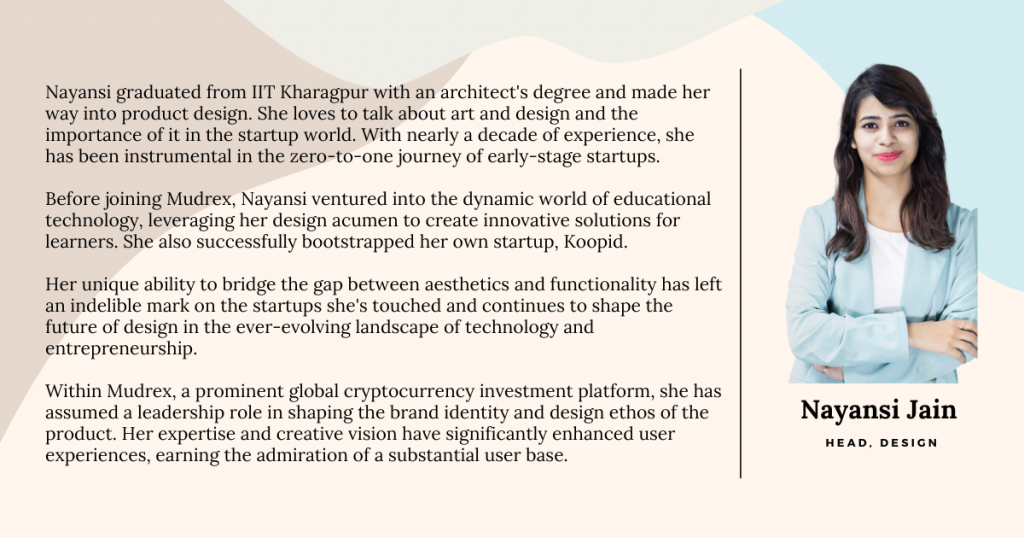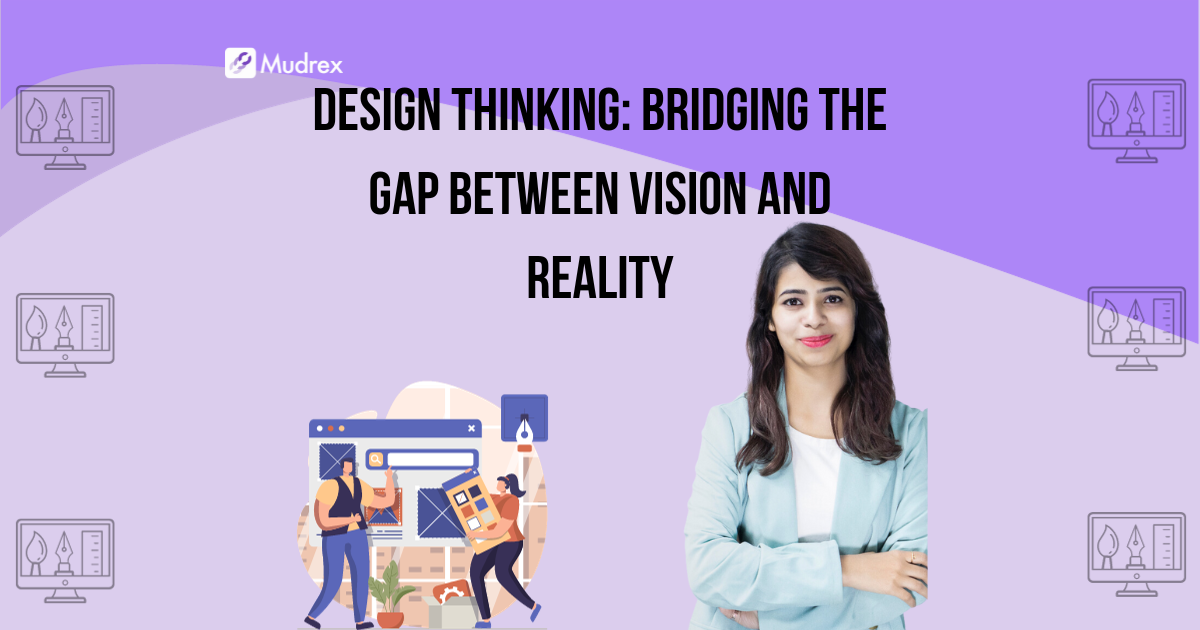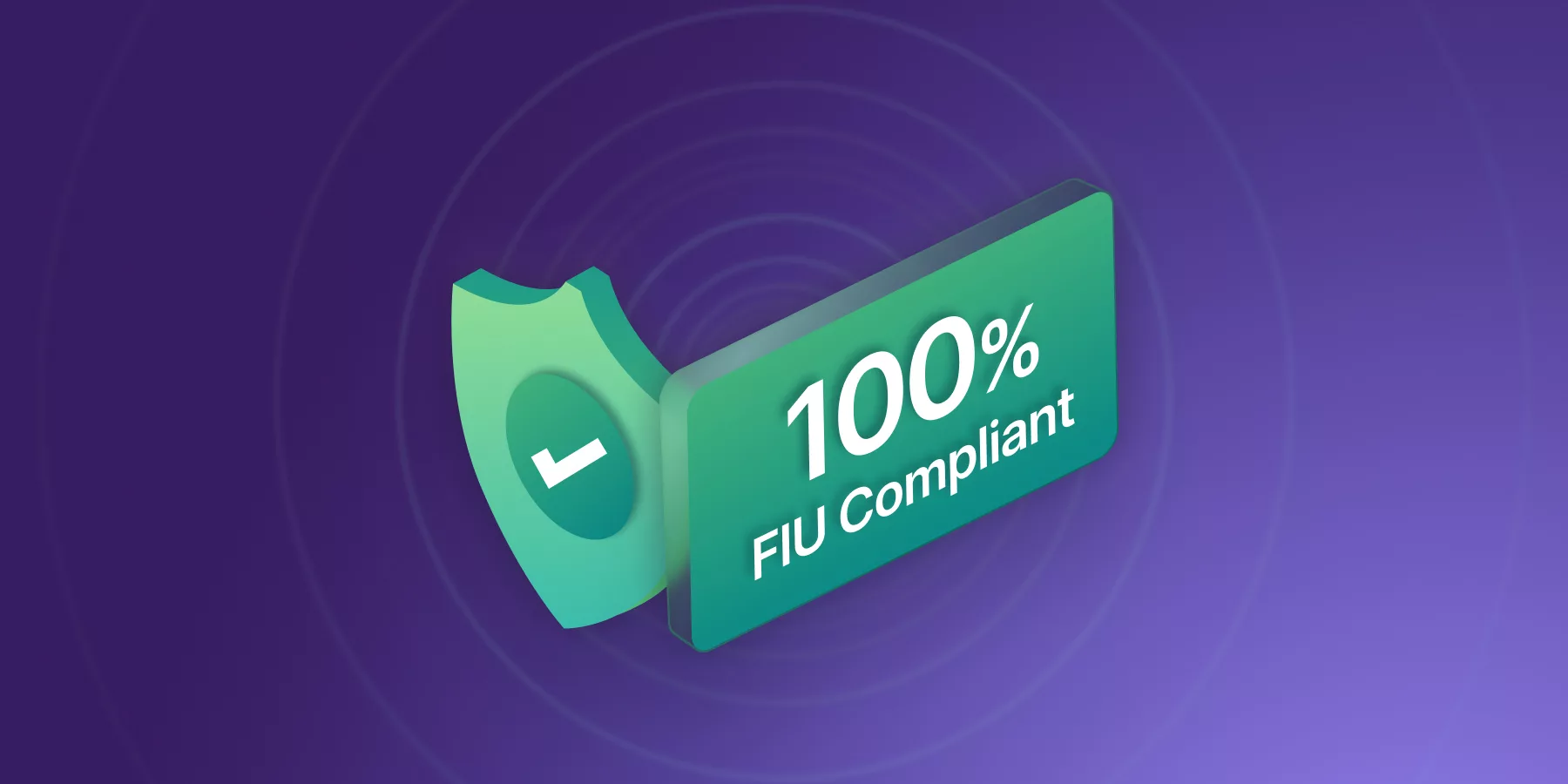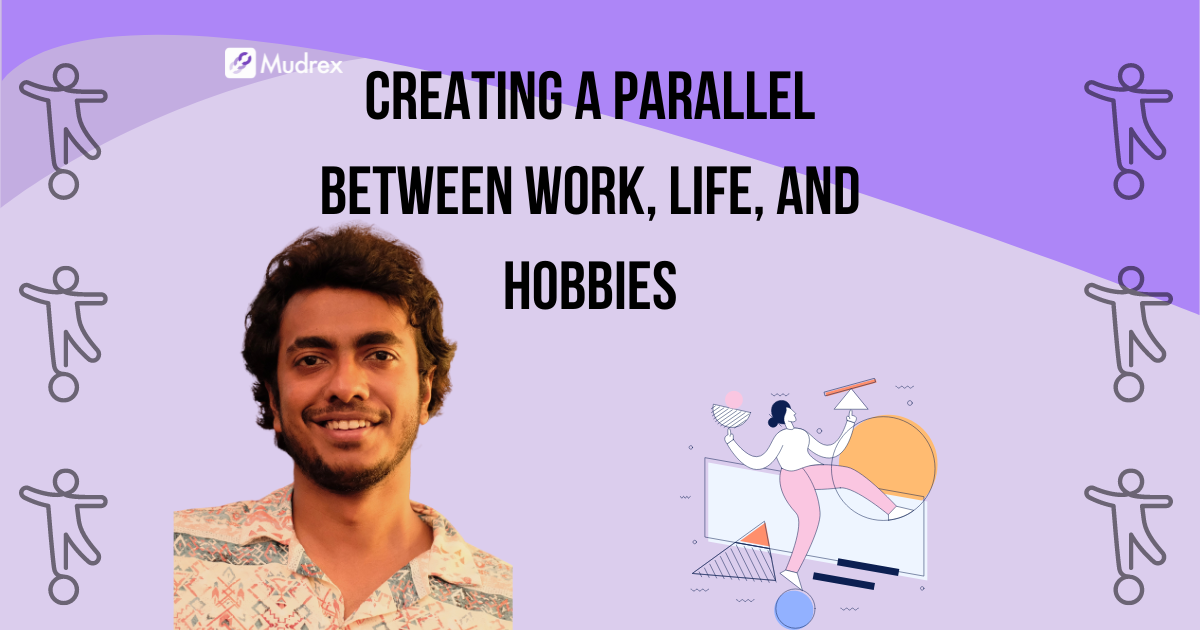One Google article says, “Design is the process of intentionally creating something while simultaneously considering its objective (purpose), function, economics, sociocultural factors, AND aesthetics”. Not bad.
But another one says,” Design is the process of creating, fashioning, executing, or constructing according to a plan.” Ohkaayyy!
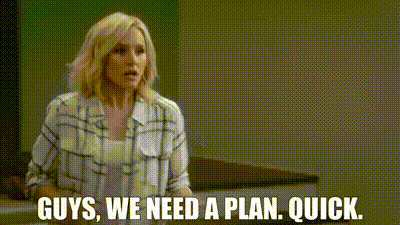
And that, my friend, is the underlying problem with varied perspectives around design. Should we include designers while creating the plan or should we simply consider them visual translators? Also, do the designers even want to get included in the plan, or do they also consider themselves as just visual translators?
Damn!!!!!! Such a dilemma. But it doesn’t have to be.
To designers, let me ask you a simple question. Now that we have openAI in the picture, what kind of designers do you think will and should survive? What kind of designers will perish and be replaced by AI over time?
Hopefully, now you know that considering yourself as a visual translator is not sustainable in the long run.
Okay! Now – for the rest of the junta. What do I say? Design is a slippery fish that changes its meaning based on where it swims. Sometimes, it’s about crafting an unforgettable adventure for your senses. Other times, it’s the art of organizing that adventure just right. And don’t forget, design is also the finished product that tickles your eyes, ears, and fingertips. So, whether you’re talking about the journey or the destination, design is a versatile and captivating creature.
It is as much an art as it is a science. Sometimes a cold and calculated process. Sometimes, the detriment of pretty. Yet, the design is not allowed to fail. Design is for everyone and no one in particular.
The meaning of design is so multifaceted, to the point that you can no longer say if a universal definition is at all possible. It is the creation of an experience. It’s also the process of the said creation and how well it’s organized. On top of that, design is the result, i.e. the things we see, hear, feel, touch, and smell.
So all you can do is try to look at the sum of the parts to come up with a more realistic picture.
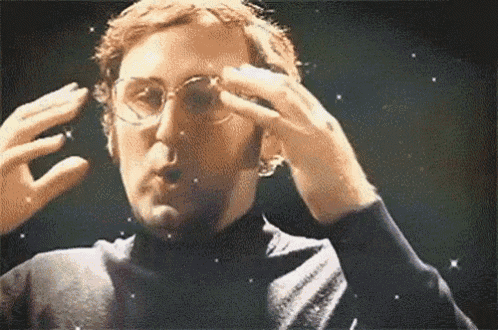
Why do we need design?
The purpose of design is much more closely linked to strategy than aesthetics. Design thinking is a human-centered approach that integrates the needs of the target users, the possibilities of technology, and the requirements for business success.
Let me give you a Game of Thrones reference.
Remember Joffrey Baratheon, the son of Cersie Lannister. The audience unanimously hated him, was disgusted by him, repulsed by him. Well, that’s because the story of the character, the experience of the character, and the Design of the character were created that way. All of us wanted the guy to die and somehow, deep down, that satisfying kill integrated the needs of the audience, beautifully wove the storylines of other characters, and gained massive TRP.
You know what, there is another reason why we need design.
Let’s see. Don’t we all get stuck sometimes? Face ‘analysis paralysis’ when a problem is overthought. Imagine a scenario, ten professionals, sitting around a board table, discussing the very same problem they’ve been trying to solve over and over again. They meet other people and bring more ideas to the table. They’ve done the metric analysis, some research and maybe even have conflicting results, but they’re no closer to finding a solution than they were weeks, months, ago. When we find ourselves in this predicament, we try design thinking.
Well, it’s so much easier to design something when you can see it, feel it, taste it, smell it, hear it, do it. It’s better when it’s real. Whatever real may be?! It is sometimes necessary to implement and prototype rather than just plan. Because you can’t plan for the unexpected. So sometimes, we can stop talking about it, and just do it. Doing is liberating.
“While traditional strategy calls for rigorous analysis and critical thinking, design thinking espouses ‘thinking by doing’. The key is to find the sweet spot between the two approaches.”
-Kingshuk Das
How can we incorporate it?
Collaboration, Inclusion and Approach.
Design is a complex process that involves a wide range of stakeholders, including clients, users, and team members. It requires a highly collaborative environment to make way for every input and feedback from multiple sources.
Collaboration and inclusivity are essential to the success of the design function. Collaboration brings together diverse perspectives and skill sets to create innovative and effective solutions. Inclusivity ensures that everyone is valued, respected, and included in the design process. When collaboration and inclusivity are embraced, we can create products and solutions that work for the target users, regardless of their abilities or backgrounds.
Lastly, wWe do not approach design from just a technical perspective. If there were a checklist out there, all the products out there would have felt the same.
“If usability engineers designed a nightclub, it would be clean, quiet, brightly lit, with lots of places to sit down, plenty of bartenders, menus written in 18-point sans-serif, and easy-to-find bathrooms. But nobody would be there. They would all be down the street at Local pouring beer on each other.”
– Joel Spolsky
In conclusion, our philosophy is simple: we make the user the center of our universe. And we have set out to accomplish a number of key objectives through user experience. First and foremost, we build a reputation for reliability and quality, by altering user perceptions about us and creating a product that they can trust. Secondly, we recognize the importance of getting our message across. We believe that our visual and verbal communications, the level of clarity, and transparency will help ensure that our customers fully understand the value of what we offer. Lastly, we strive to make ourselves memorable by meeting their expectations and exceeding them, providing a level of service and attention that goes above and beyond what they might expect from a typical business. Our commitment to the user experience will set us apart and we are confident that this will pay dividends in the years to come.
